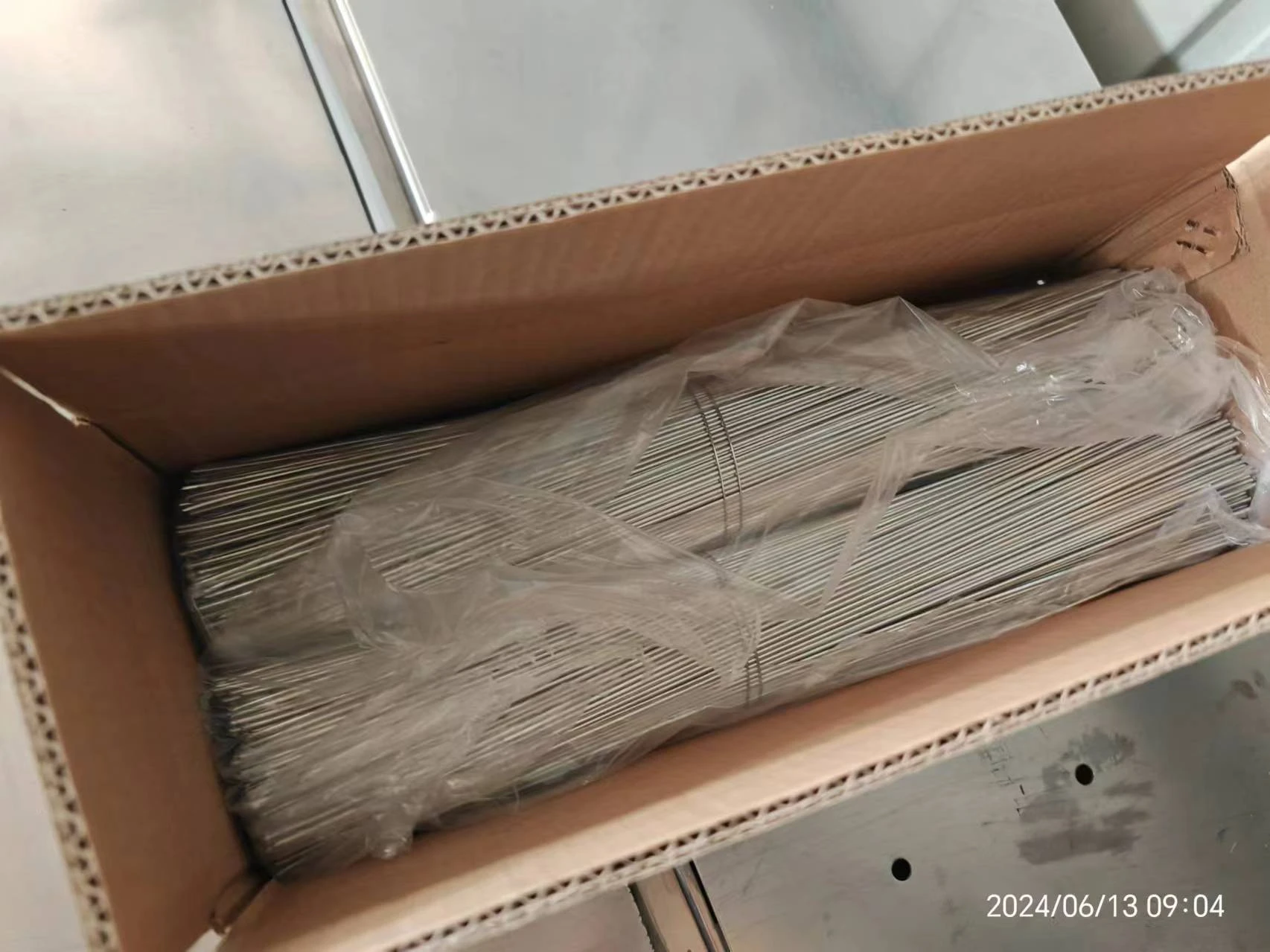

Galvanized and phosphate-coated drywall screws offer additional benefits in terms of rust resistance, especially in high moisture environments. Galvanized screws with a zinc coating are particularly resistant to corrosion, extending the lifespan of installations. Phosphate-coated screws, while less resistant than galvanized, offer a more affordable solution with decent rust-inhibiting properties. Installing drywall screws properly is also a factor that influences the integrity of the installation. During the process, ensure screws are driven in straight and are flush with the drywall's surface. Overdriving screws, or driving them below the paper surface, can weaken the holding power and lead to loose or sagging drywall panels over time. Conversely, screws that are protruding can interfere with the finishing process, causing uneven surfaces. For professionals looking for authoritative advice, it is recommended to always use a drywall screw setter bit with a drill, which ensures that screws are consistently inserted at the correct depth, preventing over or under-driving. Additionally, in applications where fire resistance is a concern, such as in commercial buildings, it is advisable to follow local building codes and regulations, which often specify the type and spacing of screws required. Trustworthy installation also involves inspecting for quality—always check that the screws meet ASTM C1002 standards. These standards ensure the screws have undergone rigorous testing for strength, finish, and performance. In conclusion, the choice of screws for holding drywall is not just about selecting any screw that seems to fit. It requires an understanding of the construction materials involved, the environmental conditions of the project, and adherence to professional standards and practices. By considering these factors, you ensure the durability and safety of your drywall installations, meeting both functional and regulatory requirements. This authoritative insight into drywall screws will help you make informed decisions, guaranteeing high-quality results in your construction endeavors.

















